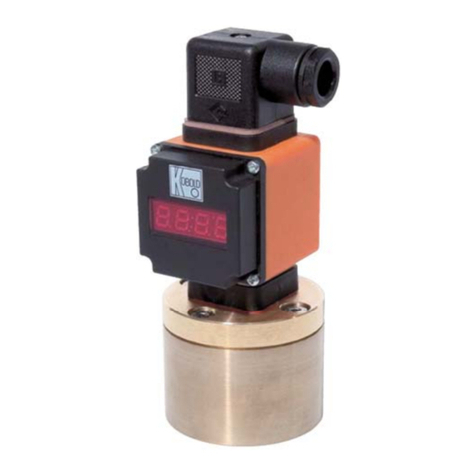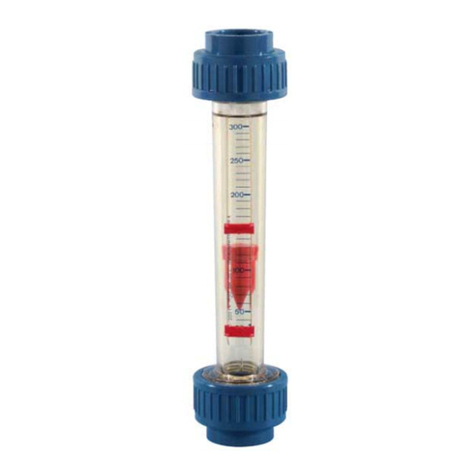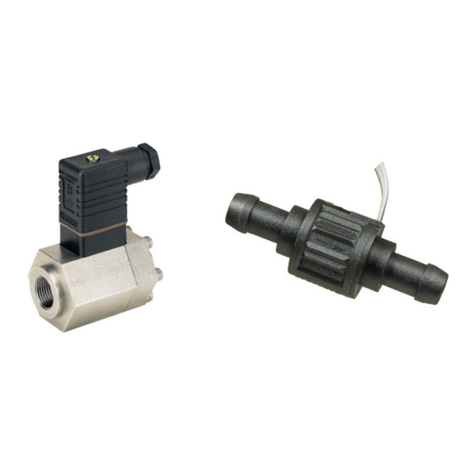Kobold DSV Series User manual
Other Kobold Measuring Instrument manuals

Kobold
Kobold DVK-12 User manual

Kobold
Kobold DPM Series User manual
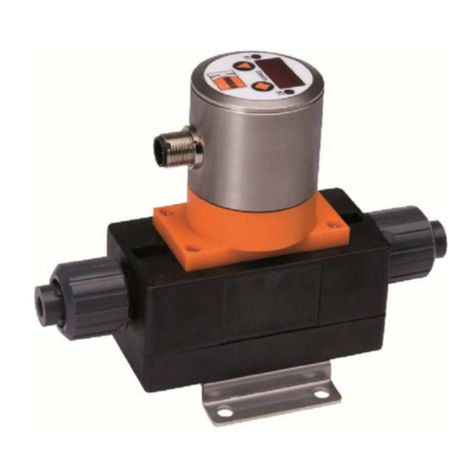
Kobold
Kobold Y-DVZ45001/PS25 User manual
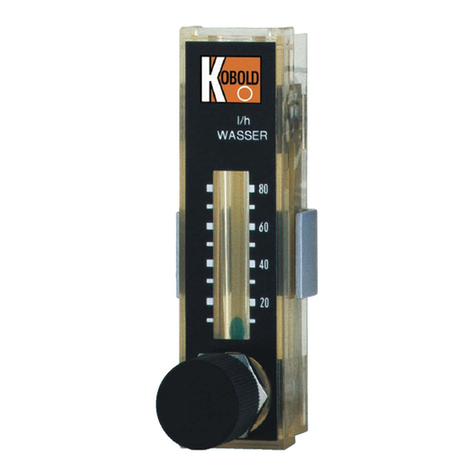
Kobold
Kobold KSV User manual
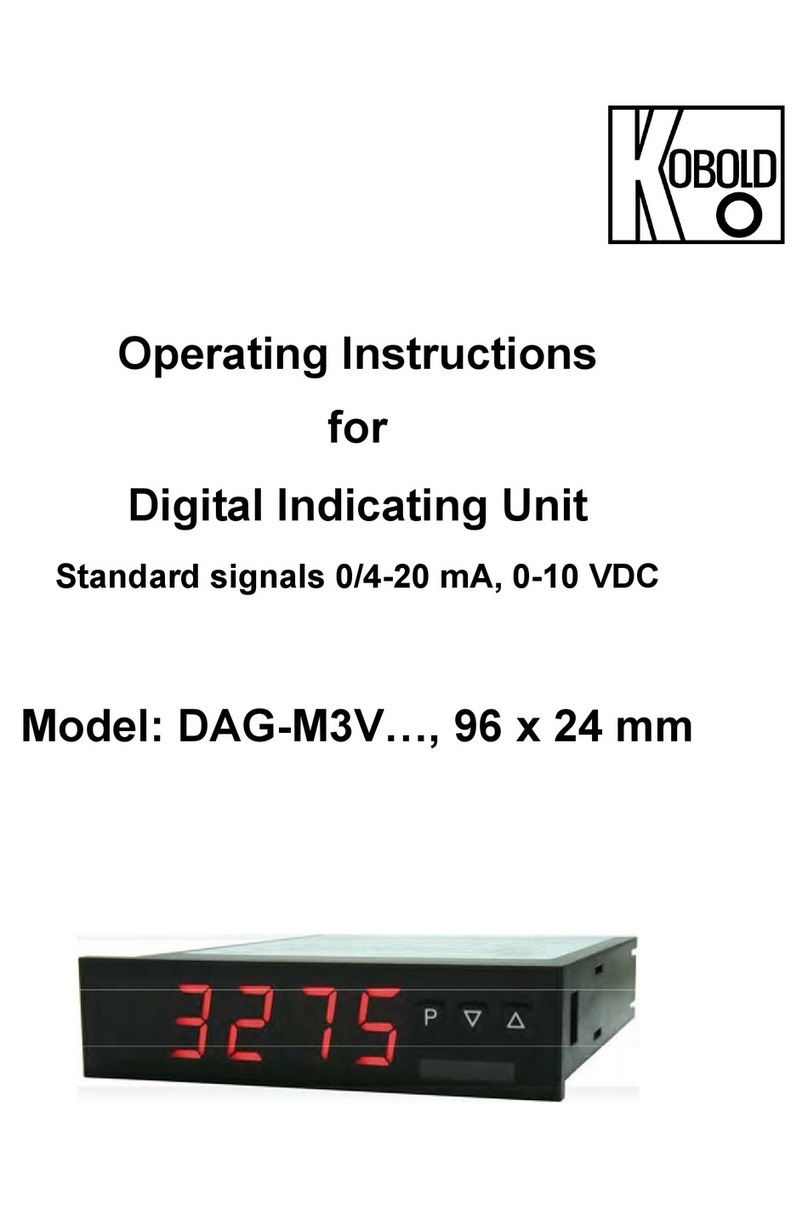
Kobold
Kobold DAG-M3V Series User manual
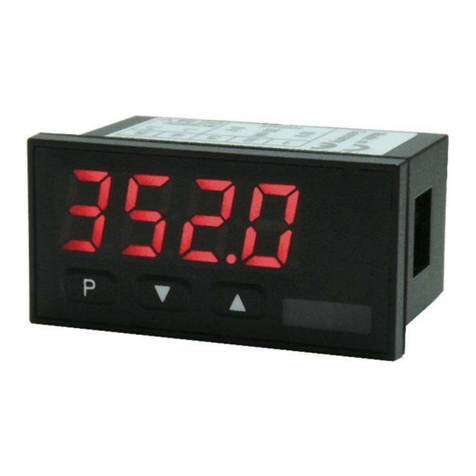
Kobold
Kobold DAG-A1V User manual
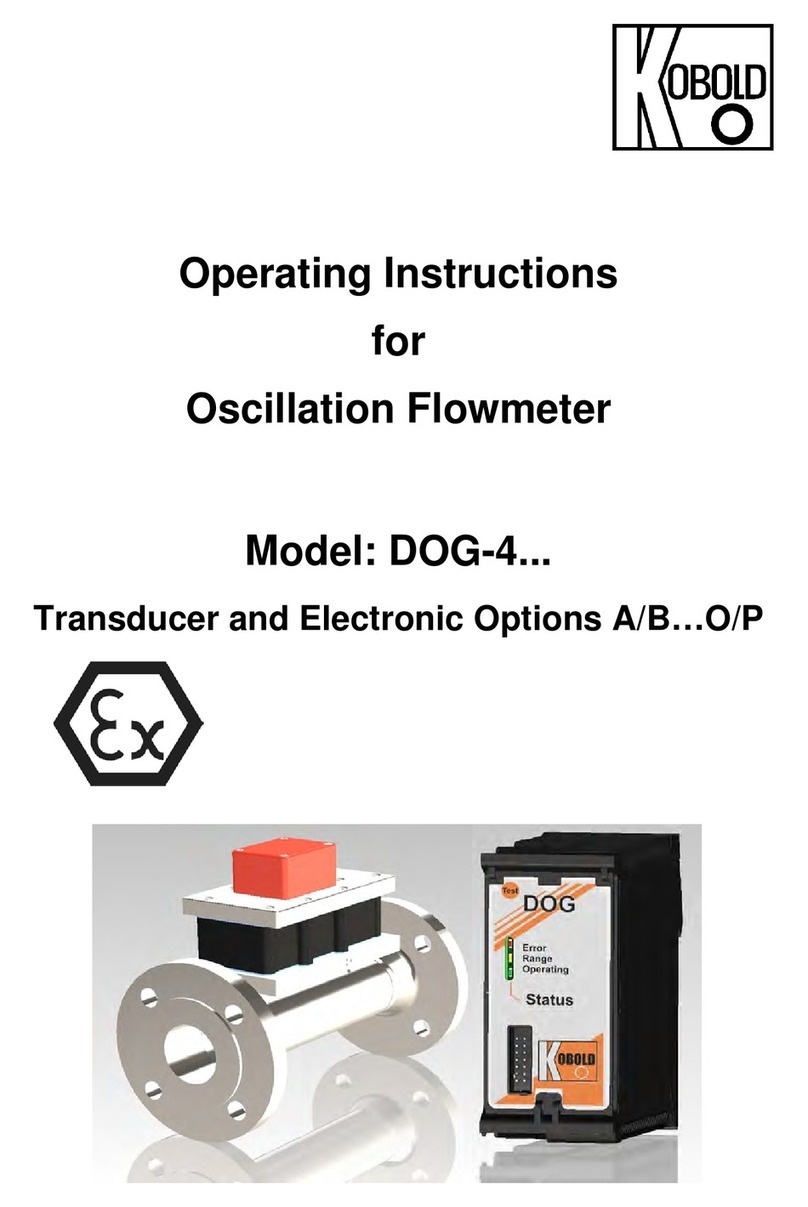
Kobold
Kobold DOG-4 User manual
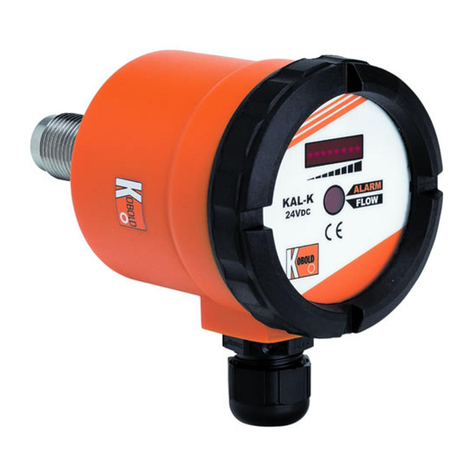
Kobold
Kobold KAL-K User manual
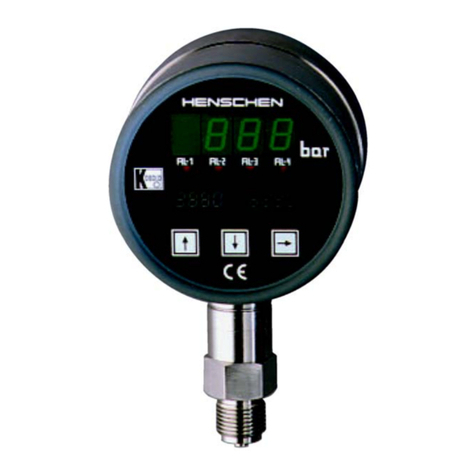
Kobold
Kobold Henschen MAN-SF Series User manual
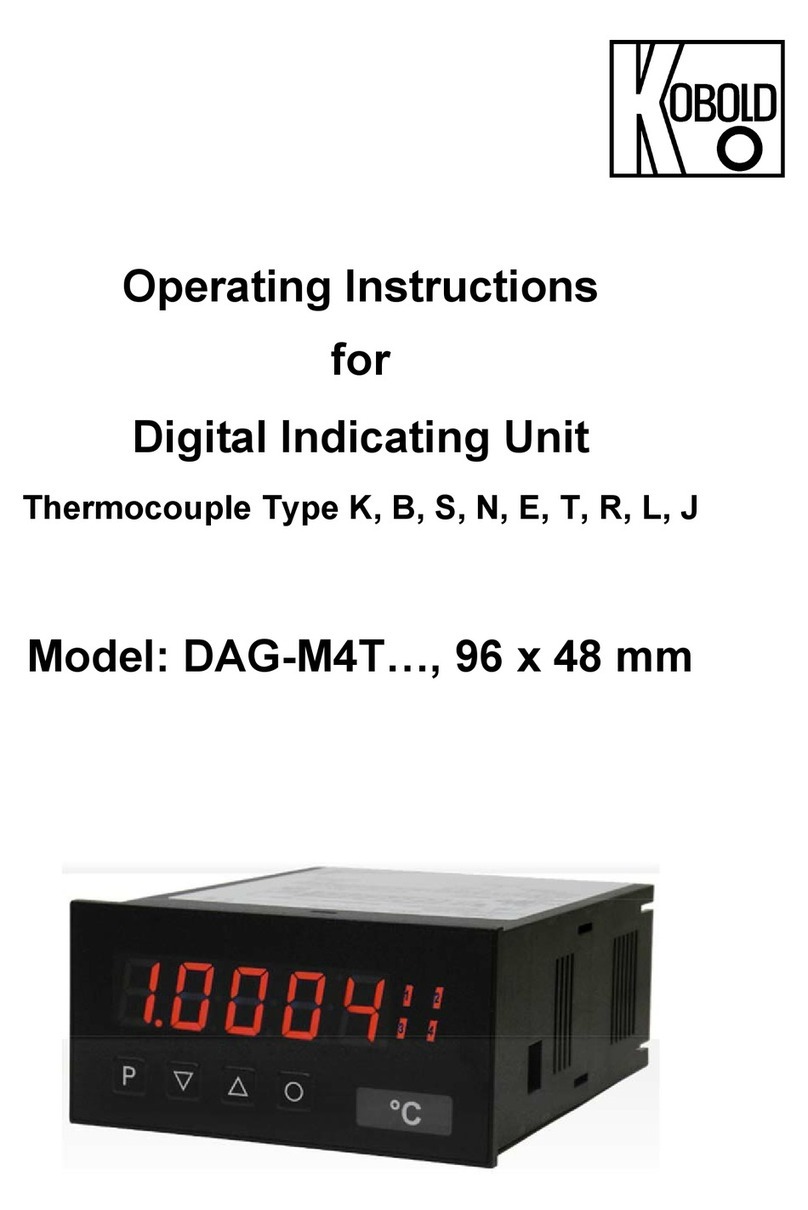
Kobold
Kobold DAG-M4T Series User manual
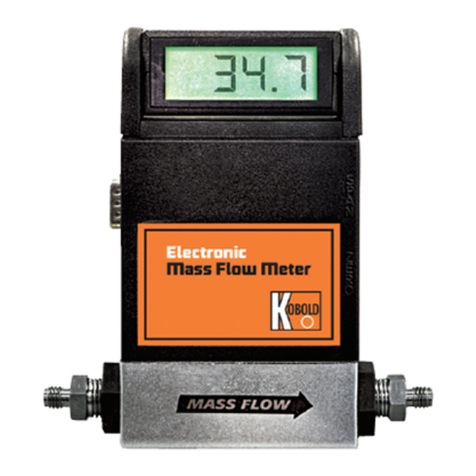
Kobold
Kobold MAS Series User manual
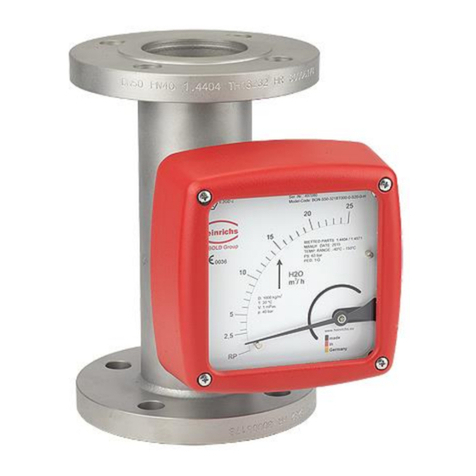
Kobold
Kobold Heinrichs BGN Series User manual

Kobold
Kobold KFR-1000 Series Installation instructions
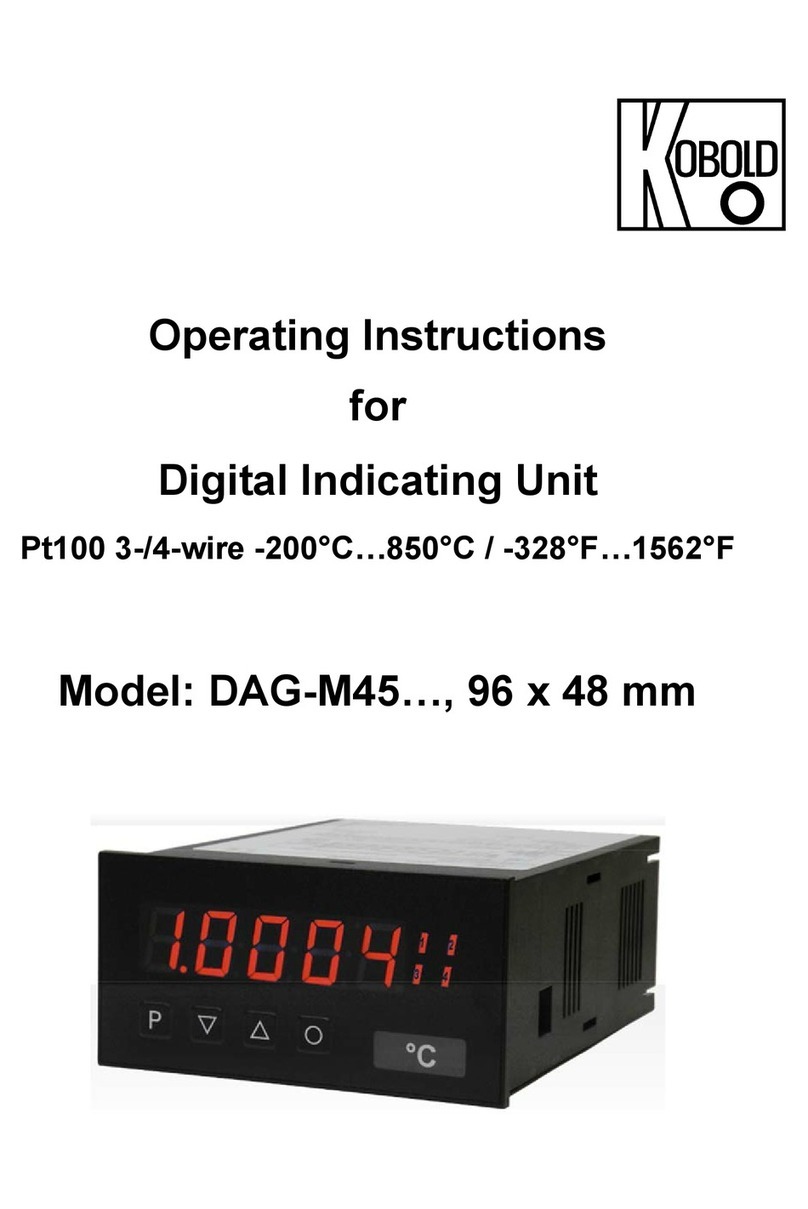
Kobold
Kobold DAG-M45 Series User manual

Kobold
Kobold URB User manual
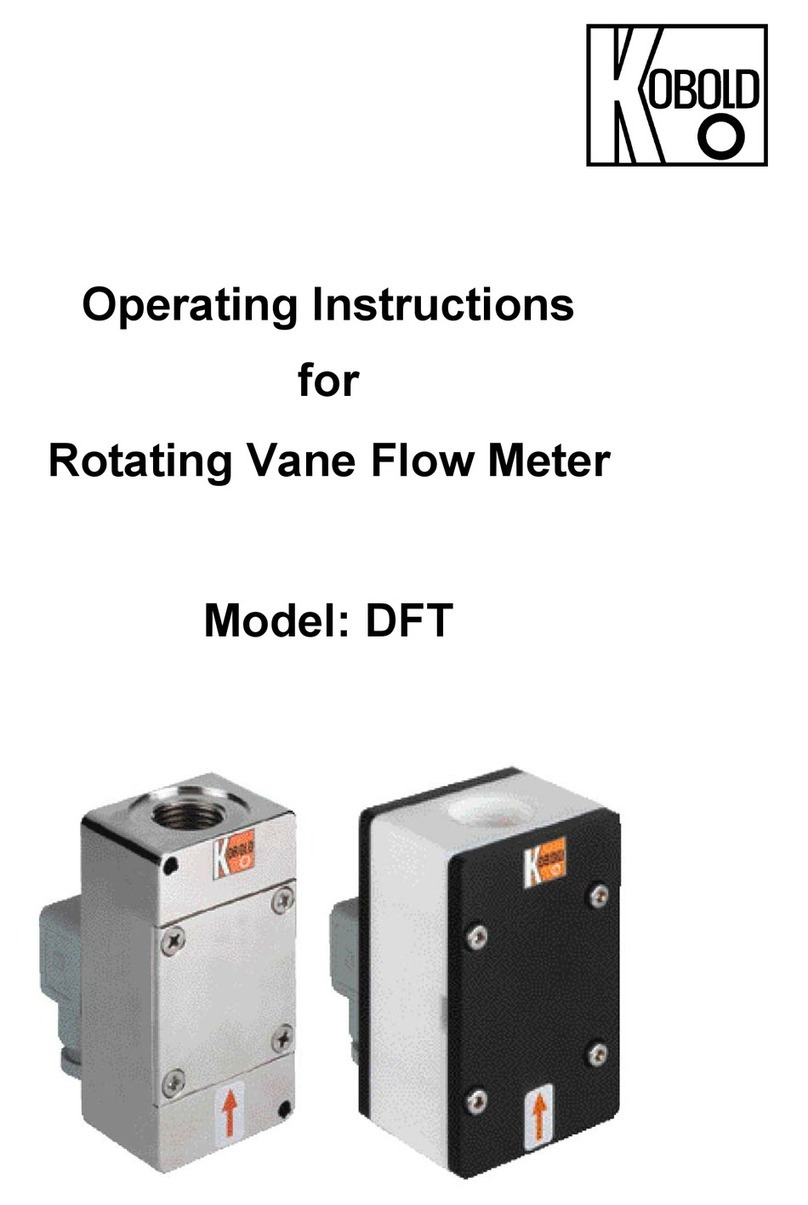
Kobold
Kobold DFT User manual
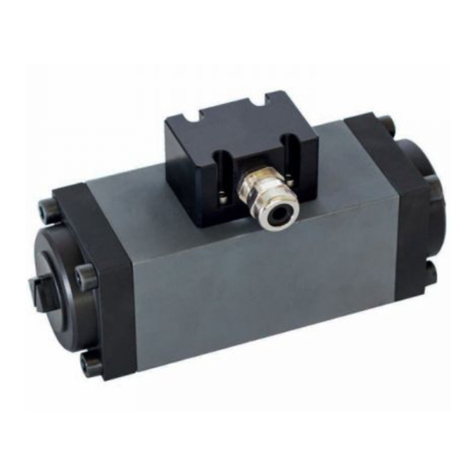
Kobold
Kobold OME User manual

Kobold
Kobold URK series User manual

Kobold
Kobold DUC-MF1 User manual

Kobold
Kobold KME User manual
Popular Measuring Instrument manuals by other brands

Powerfix Profi
Powerfix Profi 278296 Operation and safety notes

Test Equipment Depot
Test Equipment Depot GVT-427B user manual

Fieldpiece
Fieldpiece ACH Operator's manual

FLYSURFER
FLYSURFER VIRON3 user manual

GMW
GMW TG uni 1 operating manual

Downeaster
Downeaster Wind & Weather Medallion Series instruction manual

Hanna Instruments
Hanna Instruments HI96725C instruction manual

Nokeval
Nokeval KMR260 quick guide

HOKUYO AUTOMATIC
HOKUYO AUTOMATIC UBG-05LN instruction manual

Fluke
Fluke 96000 Series Operator's manual

Test Products International
Test Products International SP565 user manual

General Sleep
General Sleep Zmachine Insight+ DT-200 Service manual
